Magico A1
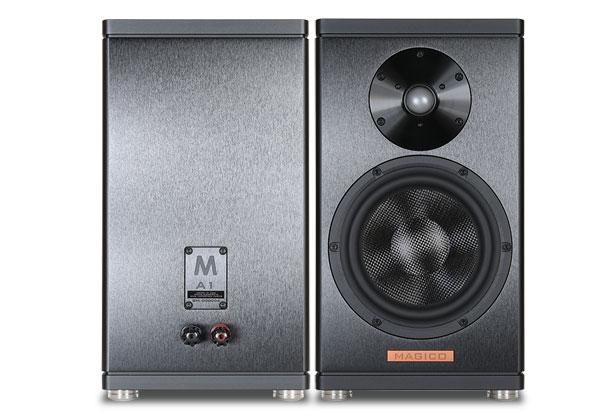
 Back in March (HFC 460), Beautiful System paid homage to two giants from the US as Krell and Magico combined to provide a mouth watering insight into the sort of sonics wealthier hi-fi enthusiasts across the pond get to enjoy. One of the stars of the show, the A1 – Magico’s entry-level loudspeaker – was so impressive that we felt it would be remiss of us not to get it into the test lab to put it through its paces.
Back in March (HFC 460), Beautiful System paid homage to two giants from the US as Krell and Magico combined to provide a mouth watering insight into the sort of sonics wealthier hi-fi enthusiasts across the pond get to enjoy. One of the stars of the show, the A1 – Magico’s entry-level loudspeaker – was so impressive that we felt it would be remiss of us not to get it into the test lab to put it through its paces.
A pricetag of £10,000 swiftly underlines the A1’s Exotica credentials, and the fact that it draws inspiration from the Q1 standmount further up Magico’s range – a snip at just £35k – highlights the level of high performance under examination here.
Typical of the sort of trickle-down technology that allows entry-level products to benefit from technological developments found in far costlier siblings, the 28mm beryllium dome tweeter that’s employed across the entire A range is the same as that found in the more expensive M-series, though admittedly without the diamond coating. It has a slightly simplified motor system too, but remains based on the neodymium magnet assembly and 28mm voice coil, while the entire driver is loaded into a new and improved absorptive rear chamber.
Unlike the tweeter, the mid/bass driver is specific to the A1. 165mm in size, it has a titanium 39mm overhanging voice coil with a copper shorting ring – to minimise coil inductance at higher frequencies – placed within a double ferrite magnet system. Described as a “multi-wall carbon fibre cone” by Magico, the composite design is a sandwich of two carbon fibre layers in front with a single one behind, separated by a vibration-deadening Rohacell filling. This then has a further layer of XG Nano-Tec graphene embedded into its surface to make it supremely rigid. How rigid, you ask, well a one-atom thick lattice of graphene is claimed to be 100 times stronger than steel and able to conduct heat and electricity with greater efficiency than any other metal. Suddenly, the high price starts to make more sense...
Further indication that we’re in the rarified arena of silk as opposed to cotton comes when you consider the standmount’s enclosure. Constructed from six 9.5mm-thick panels of 6061 T6 aircraft-grade aluminium, the A1 is then further reinforced and braced by three extra aluminium sections that are connected to the top and bottom panels as well as halfway up the enclosure. To suggest this cabinet is rock solid doesn’t even come close...
Magico’s pricier speaker offerings traditionally employ constrained-layer damping, with a sandwich of aluminium and a lossy polymer in order to convert vibrations to heat. In the case of the A1, however, the smaller, thicker panel size ensures that this shouldn’t be so much of an issue and so this damping is eschewed. One Magico calling card that has not been ditched in order to limit the impact on your wallet is the infinite baffle design that is common to all of the US company’s loudspeakers. As a fully sealed box without any reflex ports, the enclosure ensures not only superior transient behaviour, but also means that the standmount is less fussy about its positioning in your room.
Sound quality
Crass considerations such as price very quickly fade away when we experience the full majesty of what the A1 has to offer. From the off, this robust standmount vividly opens up any music you care to feed it, be it simplistic acoustic guitar or more complex mixes such as Mike Oldfield’s Taurus II from the deluxe edition of Five Miles Out.
Though the blend of uilleann pipes and Maggie Reilly’s haunting vocals invariably sound stunning with most loudspeaker setups, it’s the more challenging Fairlight-processed strings and keyboards that really separate the men from the boys. On lesser models than the A1 these can sound crushed, thickening and coarsening the clarity of the multi-track mix in the process. However, the Magico cuts through the murkiness like a red-hot knife through butter to reveal new levels of detail that even similarly priced rivals fail to miss. Impressively the solo bell in the performance takes on a new elegance while the dynamically challenged vocoder engrosses as detail and structure come to the fore. Suddenly the transitions between acoustic and synthesised become more embellished as the music experiences enhanced complexity.
Any speaker of note should display the ability to shrink further from view as the music takes over, but only the very best are able to perform the magic trick of disappearing completely. And in this respect, the A1 is something of a maestro.
As Carmen Lundy’s glorious vocals fill the room as she belts out Self Portrait, the piano, percussion and strings blend in a way that is devastatingly insightful and subtle. Suddenly every inflection of her voice and brush or splash of the cymbal is punctuated by ivory to stunning effect. The result is a sound that is exceedingly special, but not in a in-your-face kind of way, more an easy going, open and highly relaxed sound that is permeated with details – large and small – for a truly immersive performance.
Regardless of the amplifier it’s matched up with – and we put it through its paces with the best that Constellation, Simaudio, Audio Research and Audio Analogue have to offer – the outcome is consistently impressive, while revealing details about the individual character, colour and dynamic potential of each setup every time.
As we’d expect from a cabinet of this size, the standmount excels when it comes to reproducing vocals. And not because the midband is anyway emphasised at the expense of the bass and treble. Sure, it can’t quite match the ‘in-you-head’ illusion of demo-quality vocals displayed by the likes of Avantgarde horns, but challenges such as Gregory Porter’s Hey Laura and Richard Burton’s spoken word introduction at the beginning of Jeff Wayne’s War Of The Worlds are deftly handled, revealing a seamless all-of-a-piece integration that is deeply impressive.
Even lower frequencies – so often the Achilles’ heel of even the best standmounts – keep up the good work. Listening to the Volle Dynamik remix of Yello’s Oh Yeah, taken from the 2009 album The Race sees the bass delivered with effortless drive with no sign of artificial bloom or boom. It simply descends very smoothly and then quietly exits so the absence of that missing octave goes by barely noticed. And while a glance at the specs suggests that the Magico isn’t the most sensitive of speakers, the A1 still manages to soak up plenty of power and push out those SPLs as if its very existence depends upon it.
Conclusion
Magico’s A1 is an entry point to a rarified level of performance that leaves even similarly priced rivals in the shade. Flexible when it comes to placement, thanks to its infinite baffle design, this is a cabinet that you can stand anywhere and in doing so understand what all the fuss is about when it comes to high-end sonics. Hell, it even puts intermediate-sized floorstanders to shame. If you’re lucky enough to afford it, it simply demands an audition. Otherwise, it’s time to start saving your pocket money. HFC
DETAILS
Product: Magico A1
Type: Two-way standmount loudspeaker
FEATURES
● 28mm beryllium dome tweeter
● 165mm Nano-Tec graphene mid/bass driver
● Inputs: Quoted sensitivity: 84dB/1W/1m (4ohm)
 |
Inside this month's issue: Arcam Radia A25 integrated amp, iFi Audio iDSD Diablo 2 DAC/headphone amp, Eversolo DMP-A8 streamer/DAC/preamp, Line Magnetic LM-845IA valve amp, Record Store Day Spring Drop, standmount loudspeaker Group Test and much, much more
|



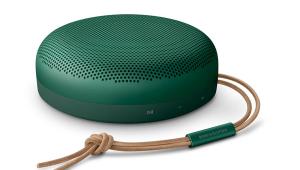
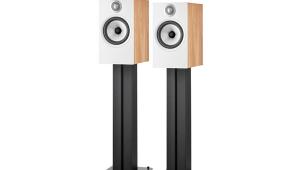
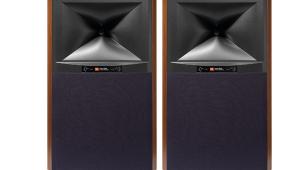

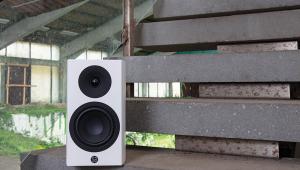
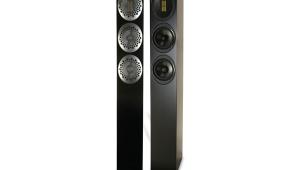
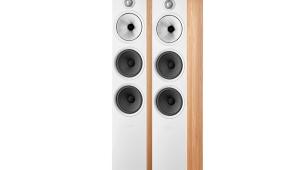
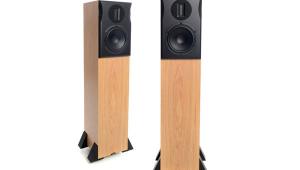
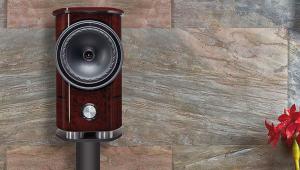
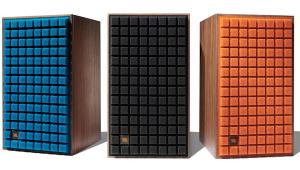
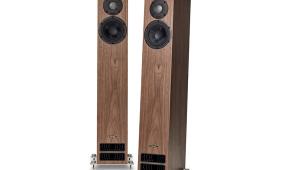
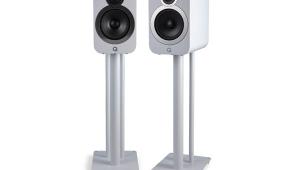
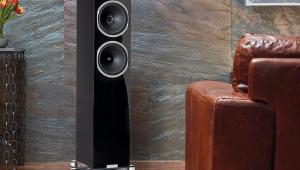
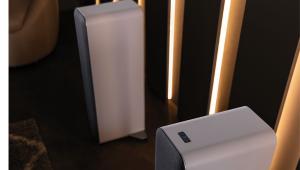
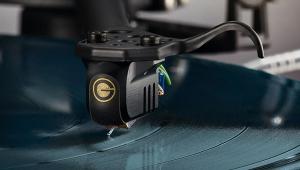

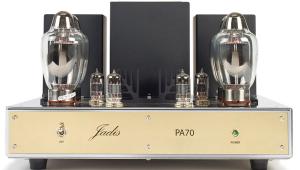
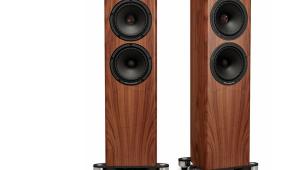
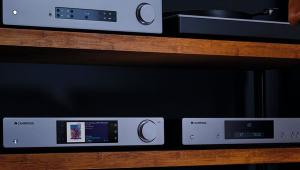
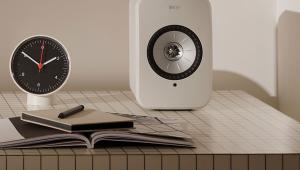
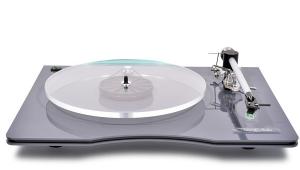
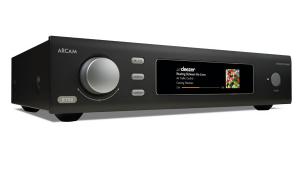

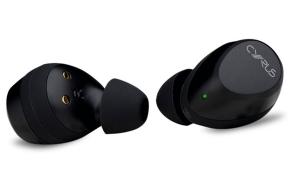

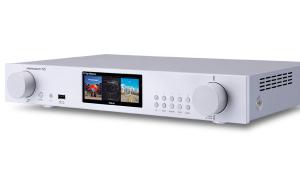
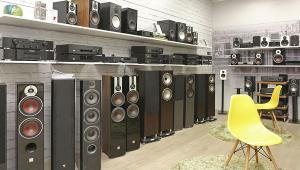
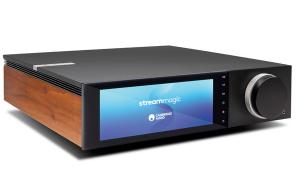
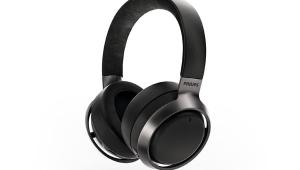
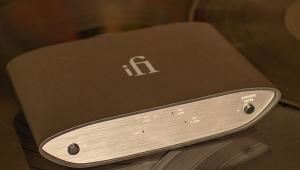
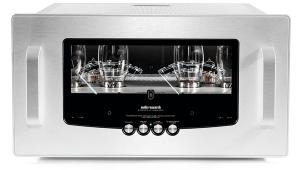
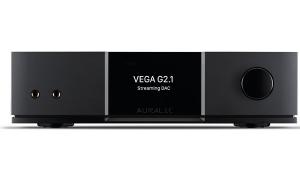
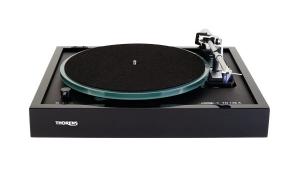
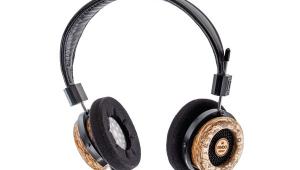
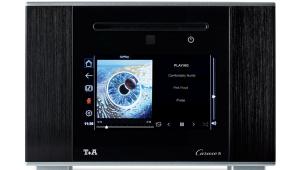
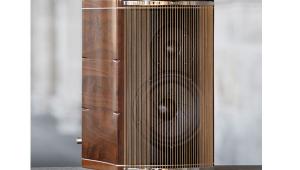
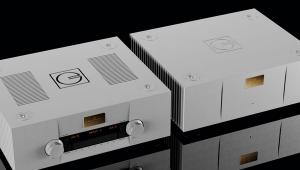
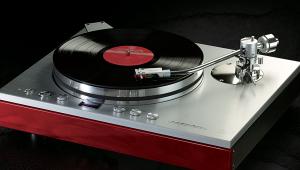
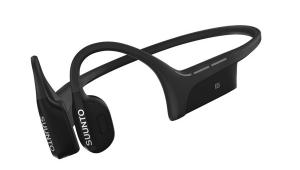

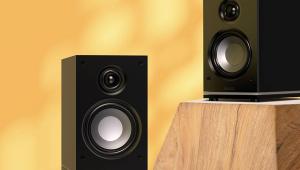
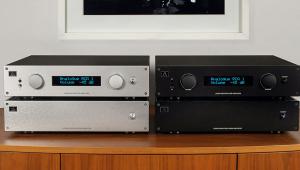
.jpg)



